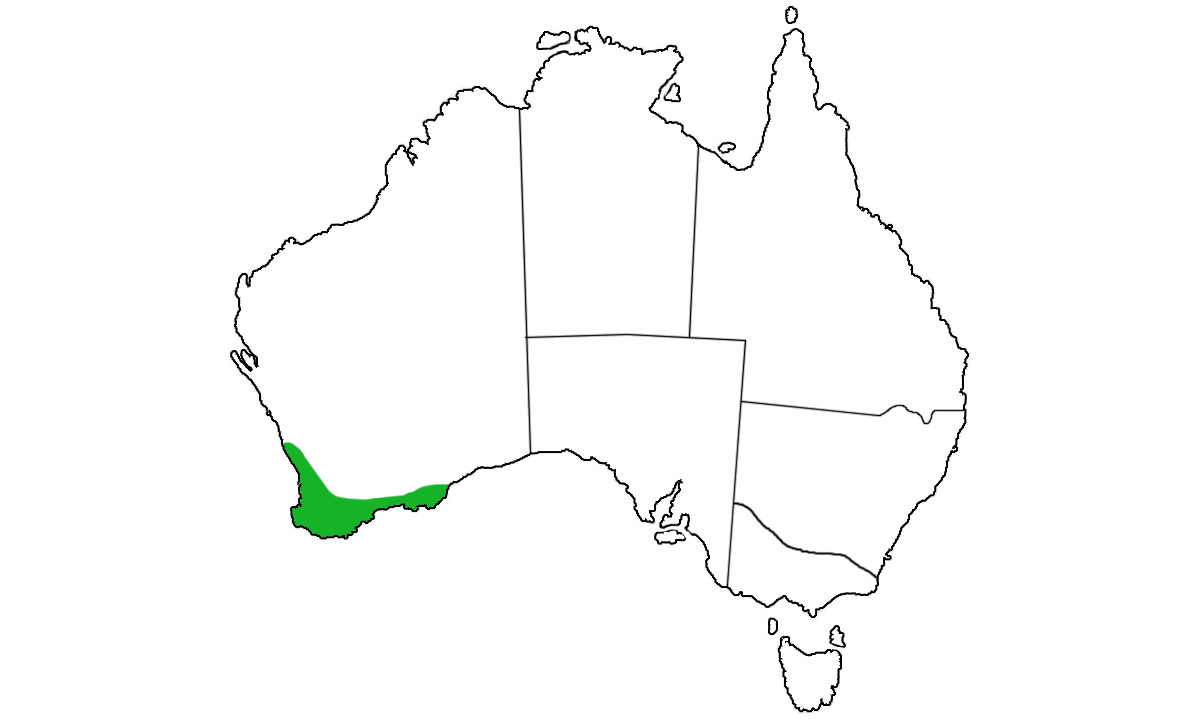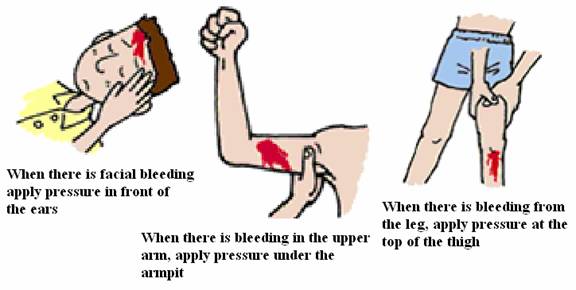Traveling Snake Seeks Suburban Home
/"You can take the snake out of the backyard, but you can't take the backyard out of the snake."
Some snakes appear to have a distinct preference for living in suburbia - and are skilled at disguising their presence among us.
Research by a La Trobe University zoology student has revealed these unexpected findings, and other unusual facts about Melbourne's Tiger Snakes.
Tracking translocated Tiger Snakes implanted with transmitters, Bachelor of Science (Conservation Biology and Ecology) Honours student, Heath Butler found that some prefer suburban to rural life.
Four of eight snakes tracked after translocation from suburban backyards to a regional park between August last year and March this year headed straight out of the park into other suburban backyards about a kilometre away.
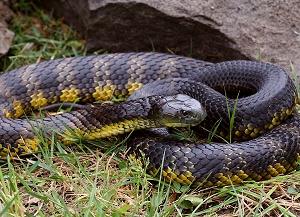 And when taken from their new backyard home back to the park, they again turned up in the same backyard.
And when taken from their new backyard home back to the park, they again turned up in the same backyard.
All snakes are protected in Victoria. Under Department of Sustainability and Environment policy, snakes captured in 'inappropriate' locations are translocated to a suitable habitat within five kilometres of their capture point, or euthanased.
"It seems that snakes were so used to the good life in suburbia - with readily-available water and food - that they headed straight back into a similar environment when relocated into the unfamiliar landscape of parkland," Mr. Butler said.
There was another surprising result. By monitoring the snakes' daily habits, Mr Butler believes he may have debunked the old idea that snakes are active only in very hot weather. "The Eastern Tiger Snakes (Notechis scutatus) I worked with appear more likely to be active on relatively cool, sunny days. They disappear, at least between 12 noon and 2 pm, on days when temperature exceeds 30 degrees Celsius," he says.
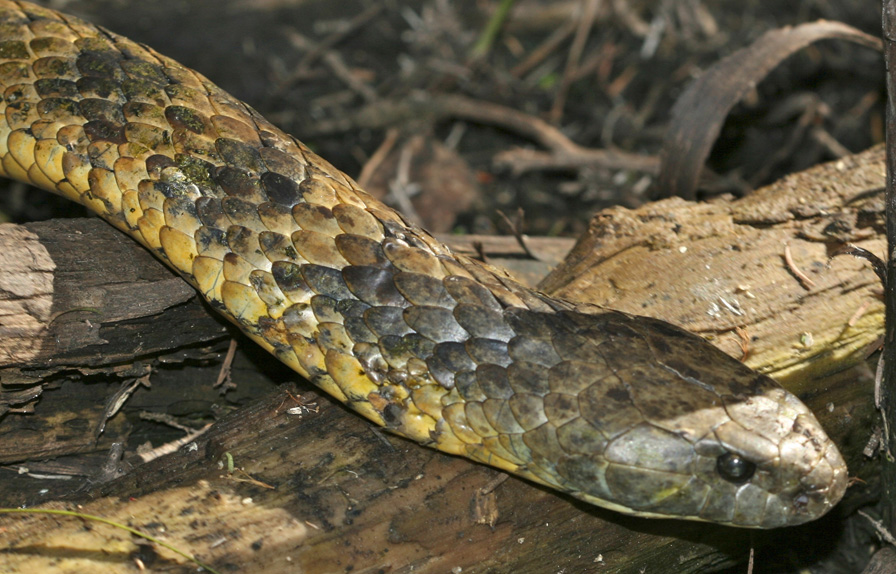 Curious about snakes since his adolescent years at Port Fairy, Mr. Butler conducted his research, sponsored by three interested parties - Parks Victoria, Australian Geographic and the Melbourne Zoo.
Curious about snakes since his adolescent years at Port Fairy, Mr. Butler conducted his research, sponsored by three interested parties - Parks Victoria, Australian Geographic and the Melbourne Zoo.
He worked initially with several of the 45 Victorians licensed to catch snakes in 'inappropriate' - read urban and suburban - areas and to release them on public land.
Melbourne Zoo veterinarians surgically inserted tiny transmitters into eight snakes captured in suburban backyards within five kilometres of Westerfolds Park, Templestowe.
These snakes were then released in the park. Six snakes resident in the park were also implanted with transmitters then released at their site of capture. Mr. Butler then electronically monitored their movements and other activities.
"Translocation had such significant effects on the behaviour of the snakes that the relevant authorities may wish to re-examine its success as a strategy to reduce human-snake conflict," he said.
"The two groups of snakes - residents of the park and those translocated - behave differently. Although the health of translocated snakes remained similar to the local snakes, they exhibited home ranges about six times that of the locals and half the translocated snakes headed off to suburban backyards within a kilometre or so of the park.
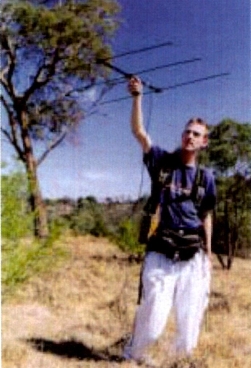 "It seems that they are quite happy in suburbia, probably because of well-watered gardens and sufficient food, possibly frogs. Most people were unaware of a snake in their backyard until I informed them."
"It seems that they are quite happy in suburbia, probably because of well-watered gardens and sufficient food, possibly frogs. Most people were unaware of a snake in their backyard until I informed them."
Over the eight months he captured snakes on 70 occasions, noting their location and monitoring their condition. His catching method was simple. Locate the snake with his tracking equipment, seize it by tail - with bare hands as gloves are too cumbersome - and drop it into a bag.
Mr. Butler was bitten only once, on the hand, but recovered fully after an anti-venom injection. He says his research findings may have been influenced by the drought, which could have made well-watered suburban backyards unusually attractive as snake habitats.


